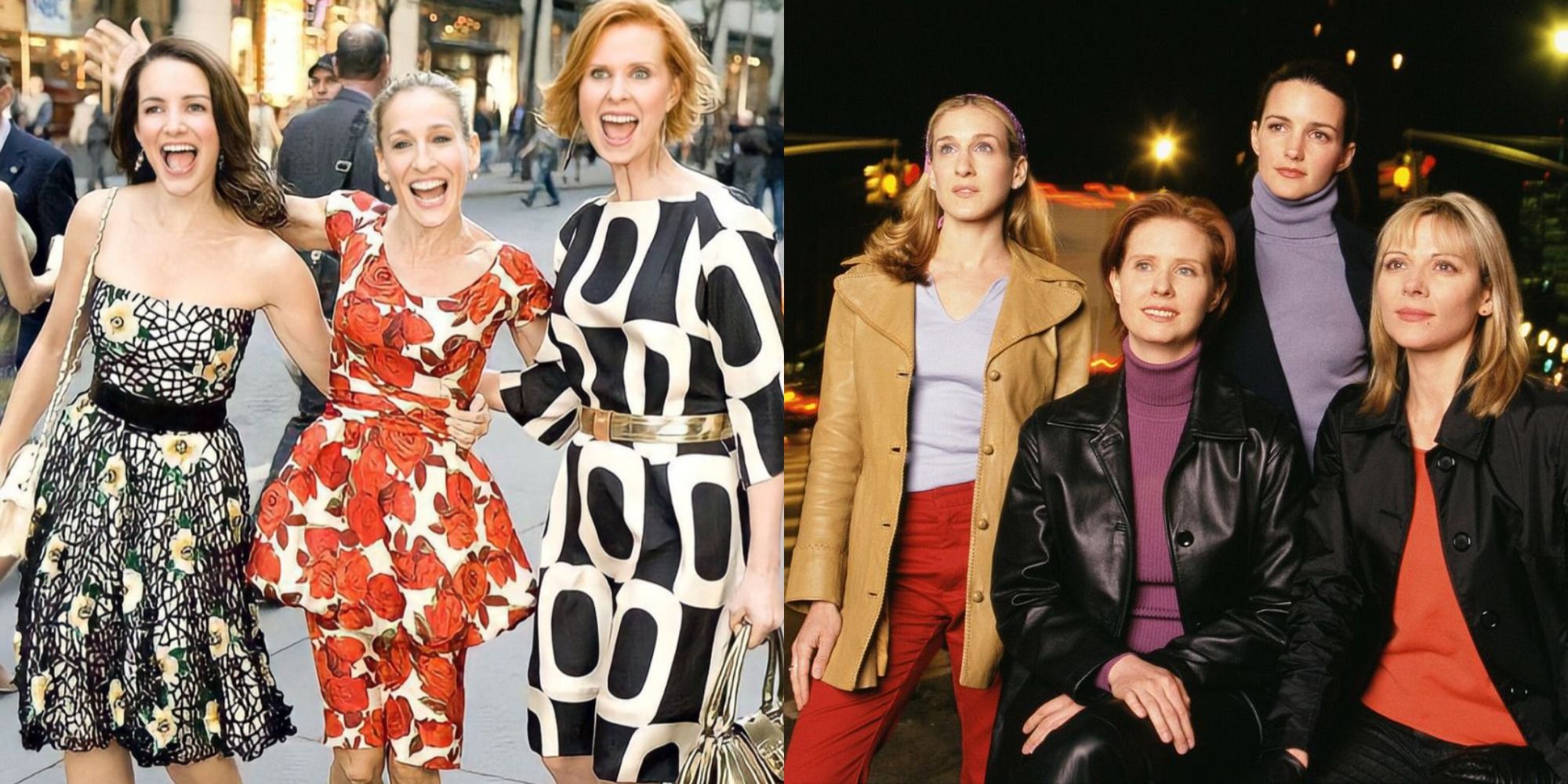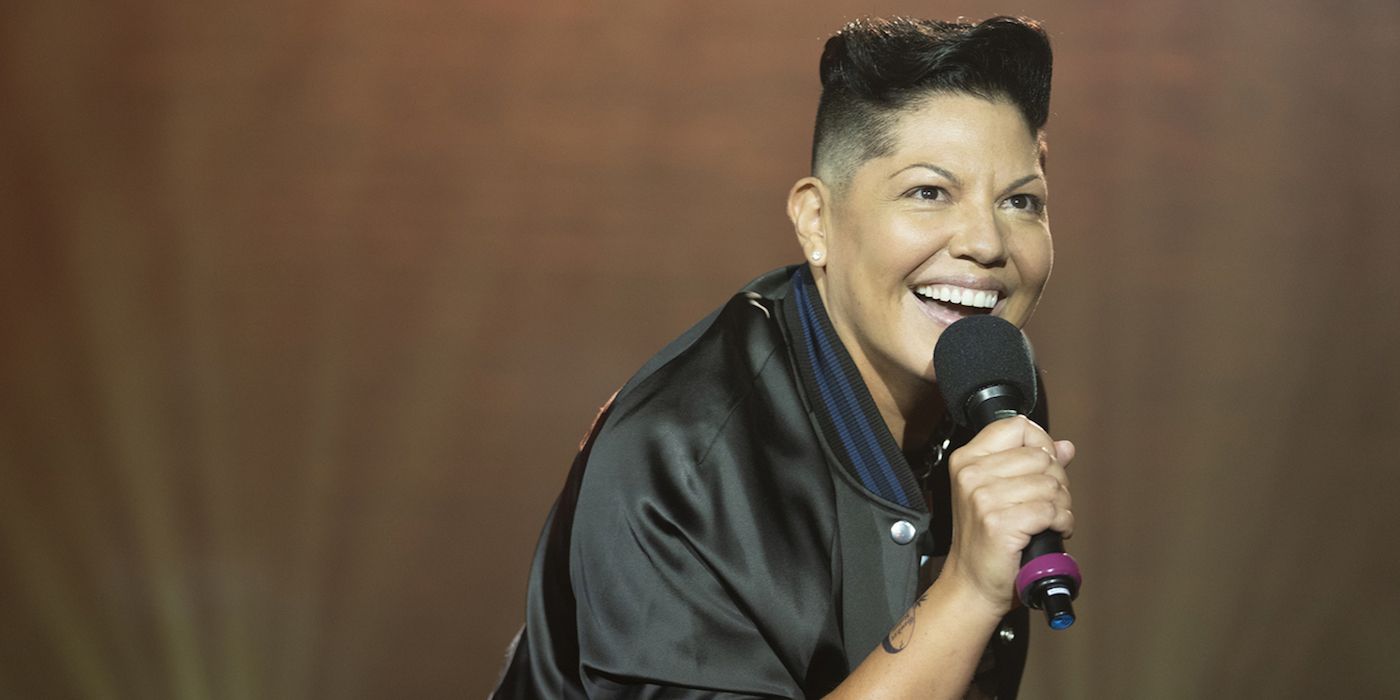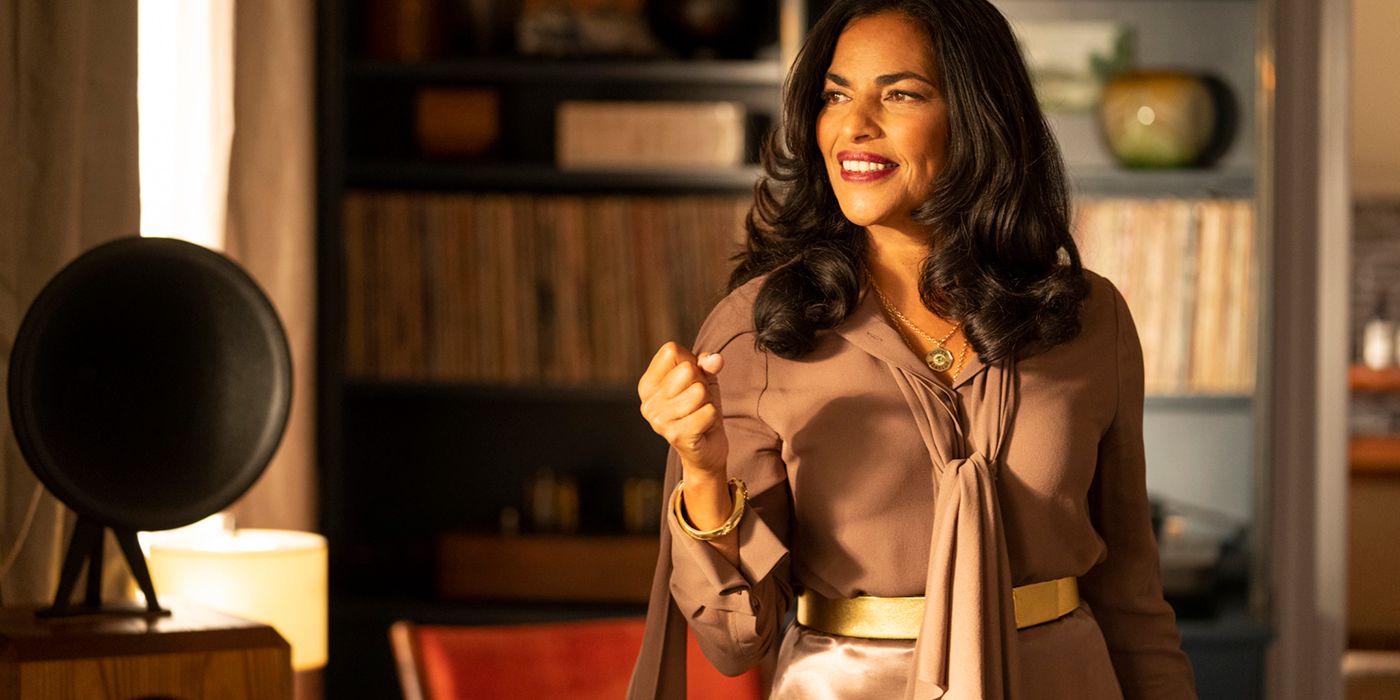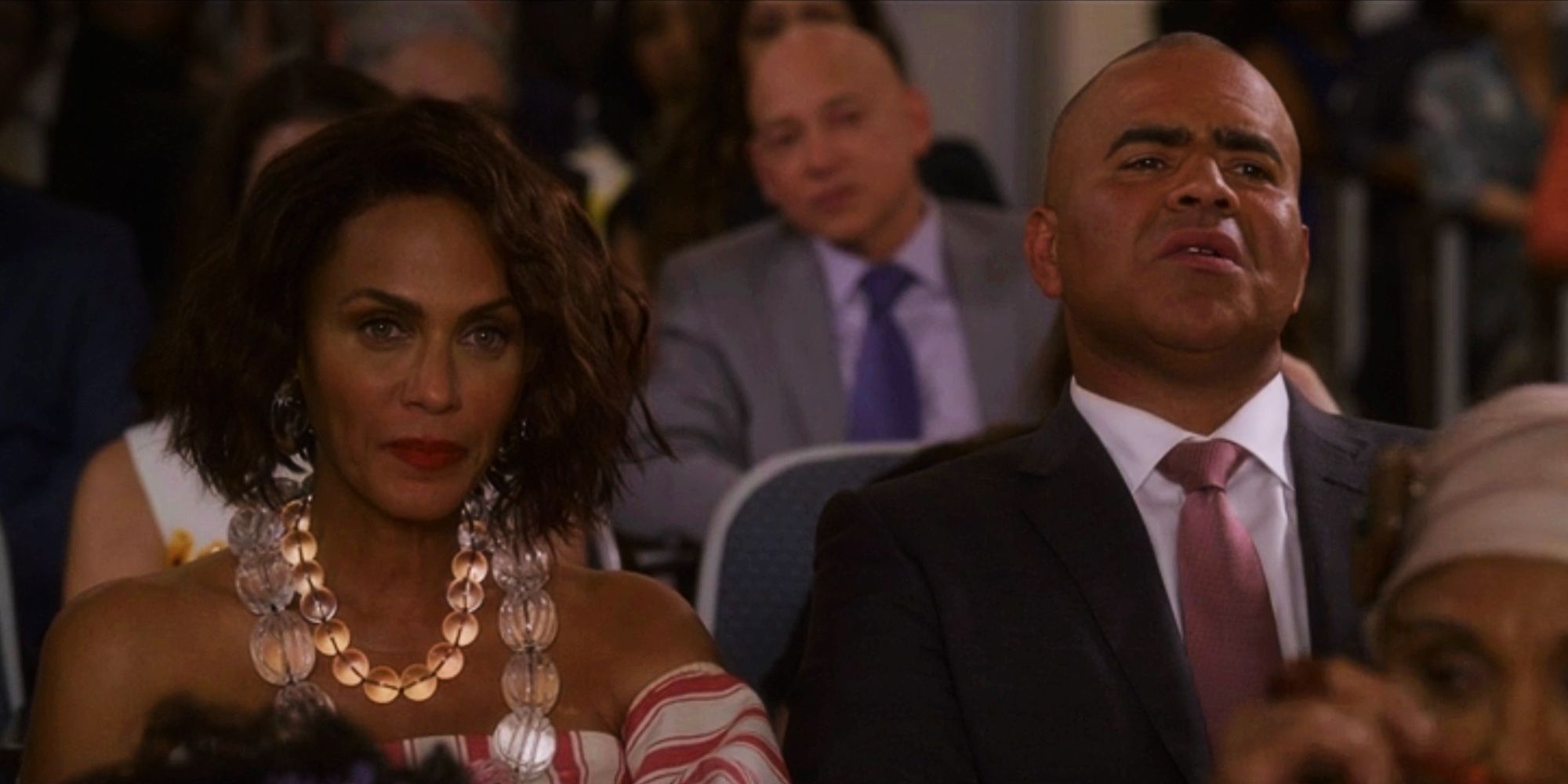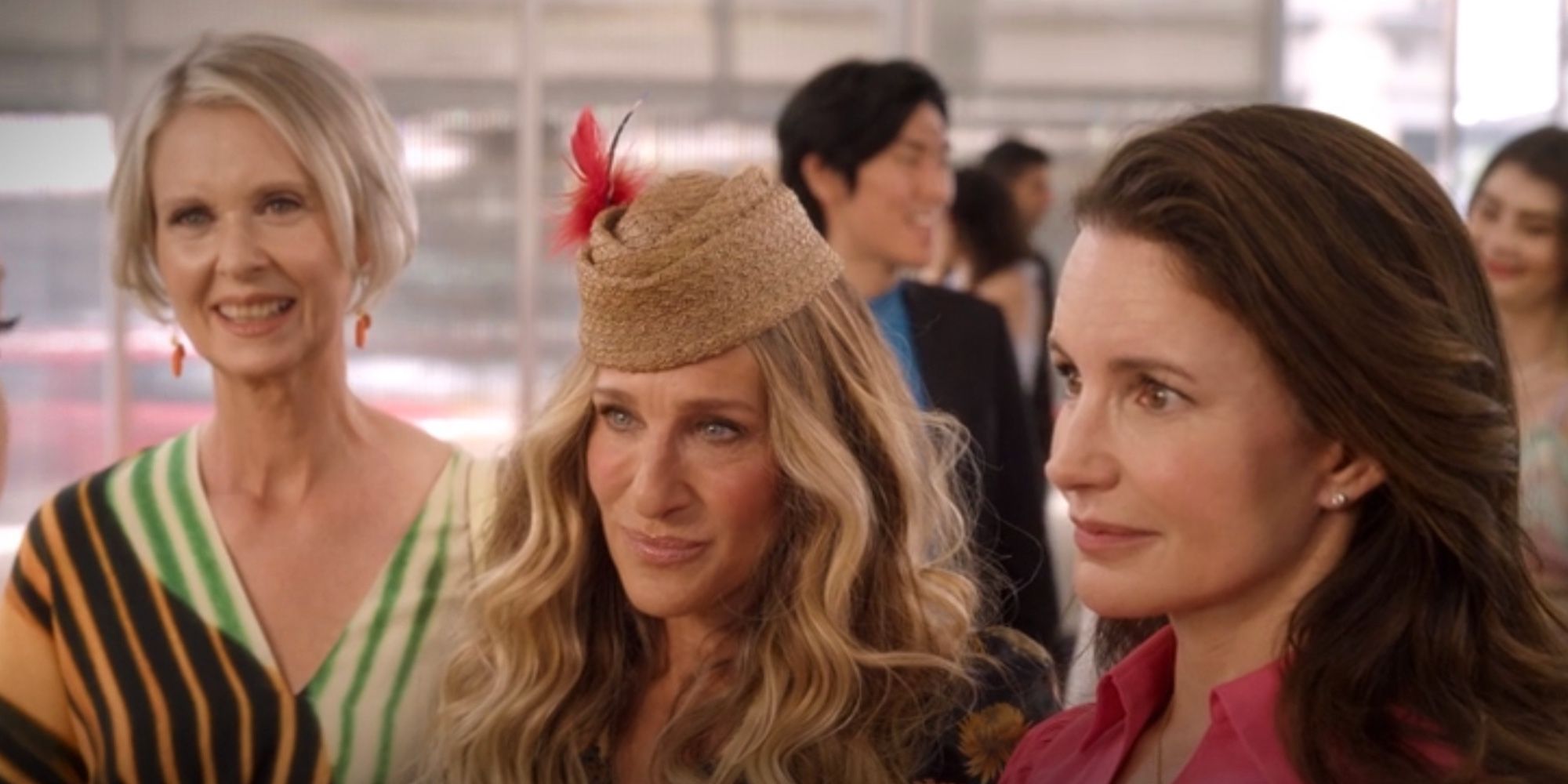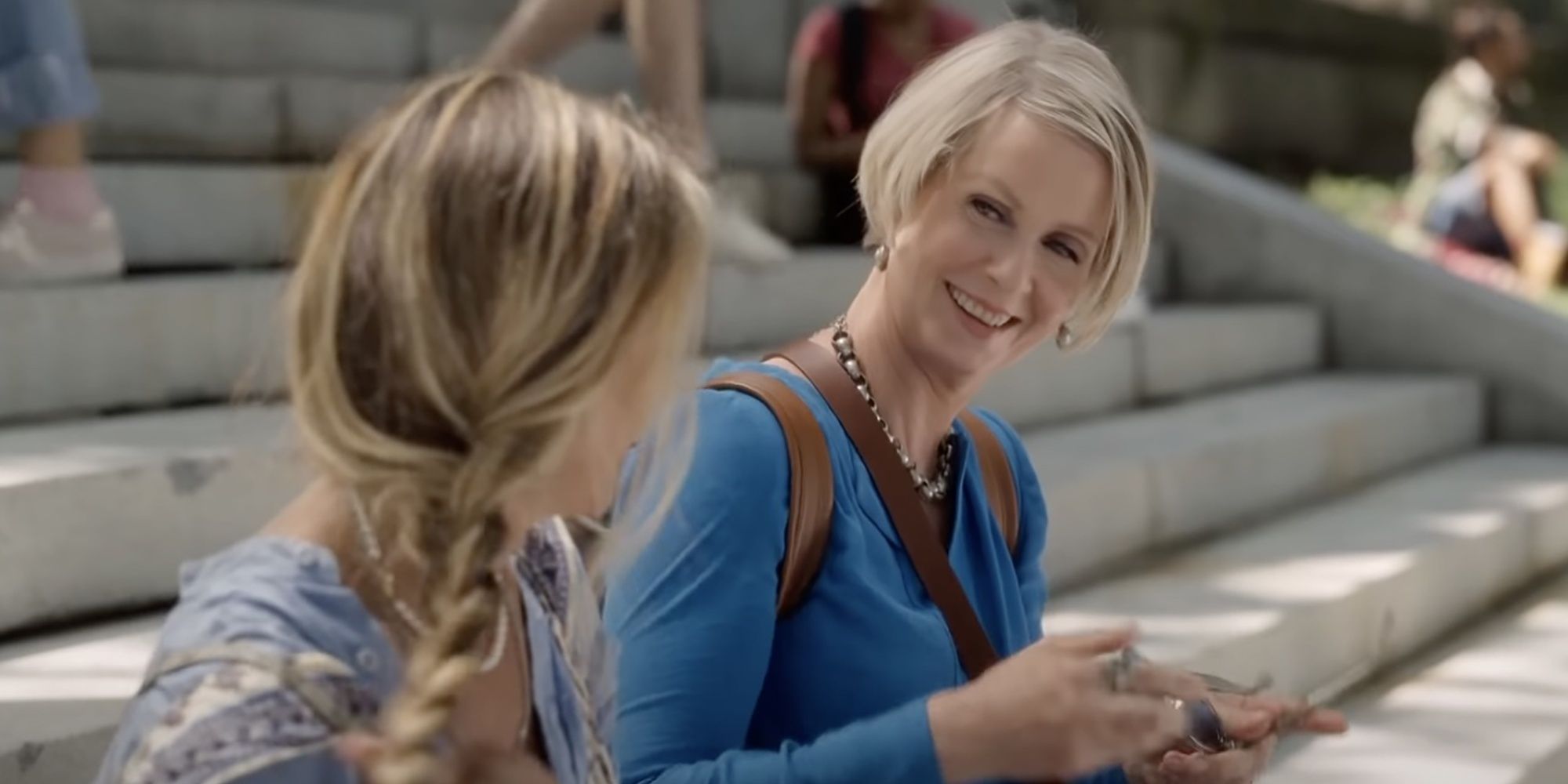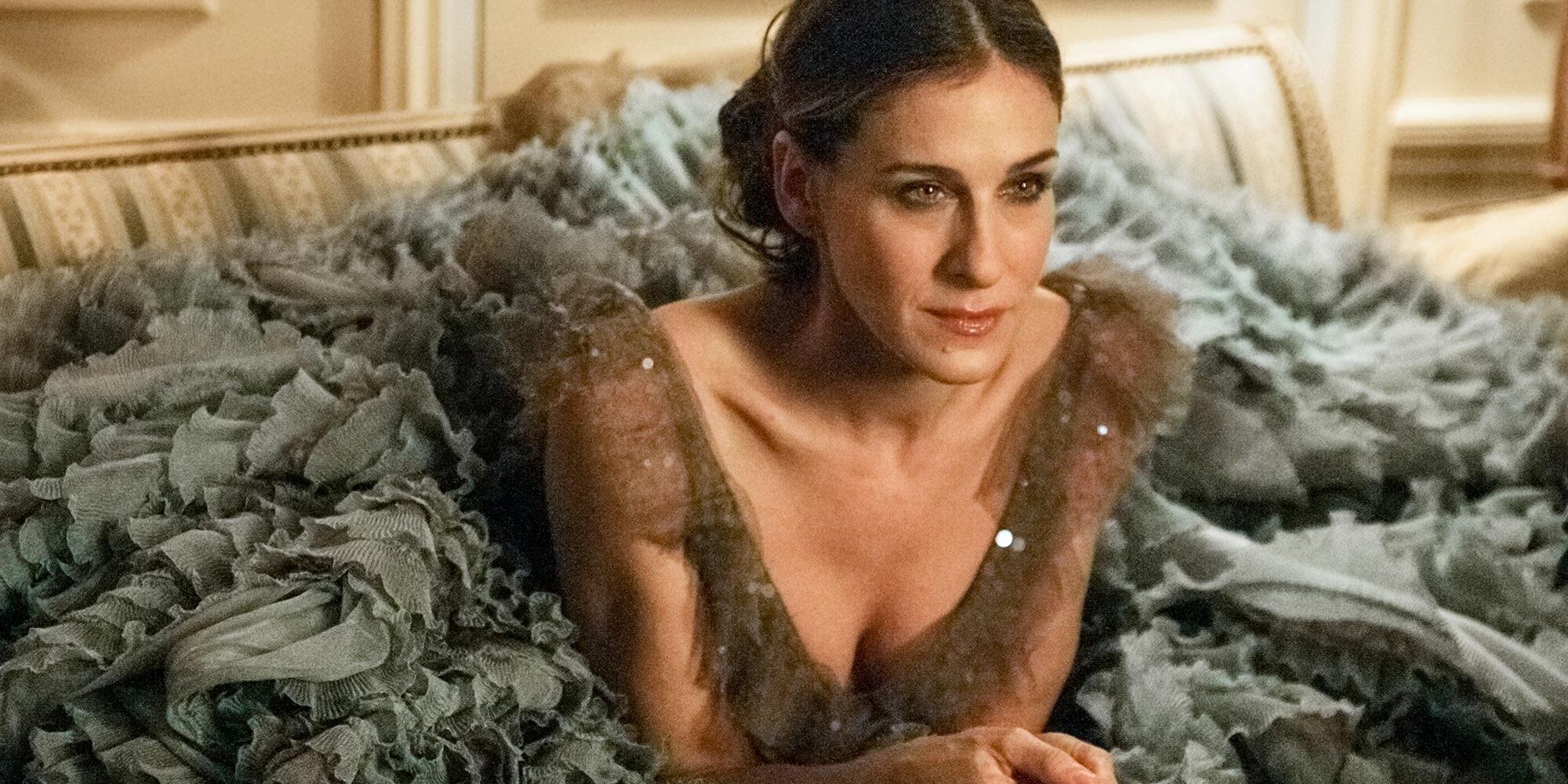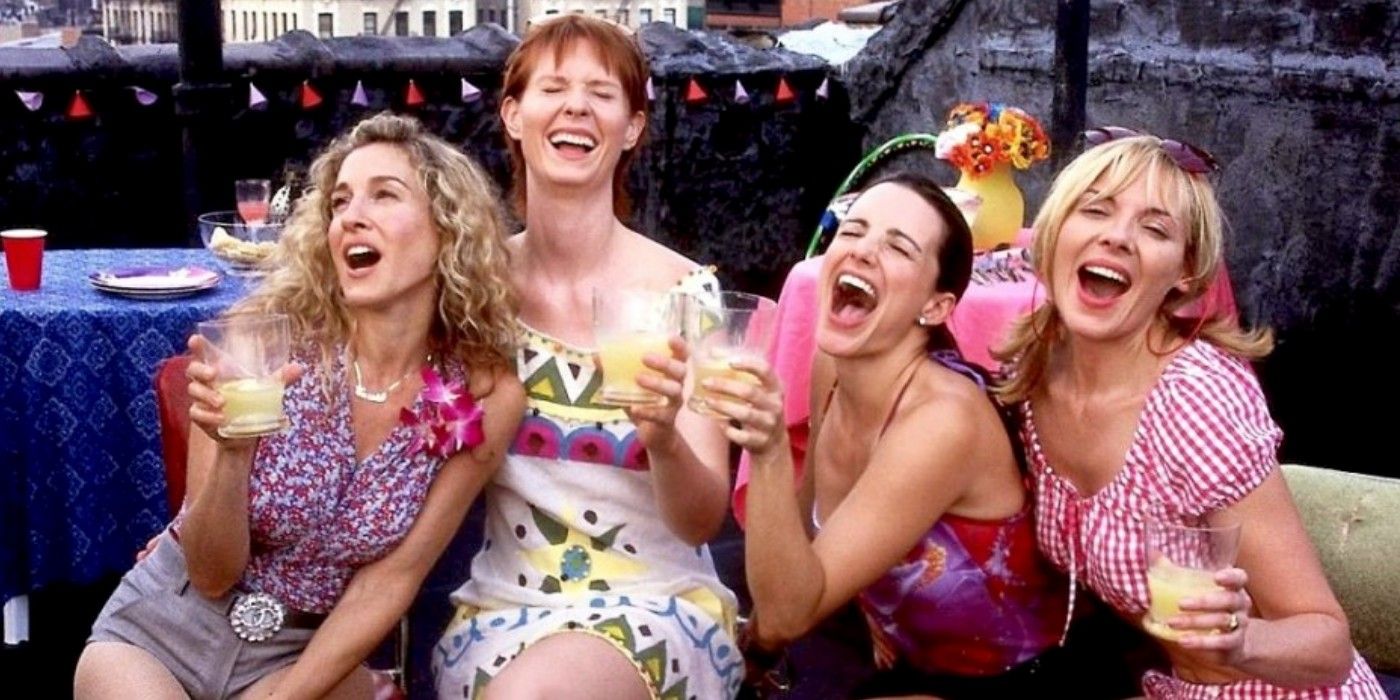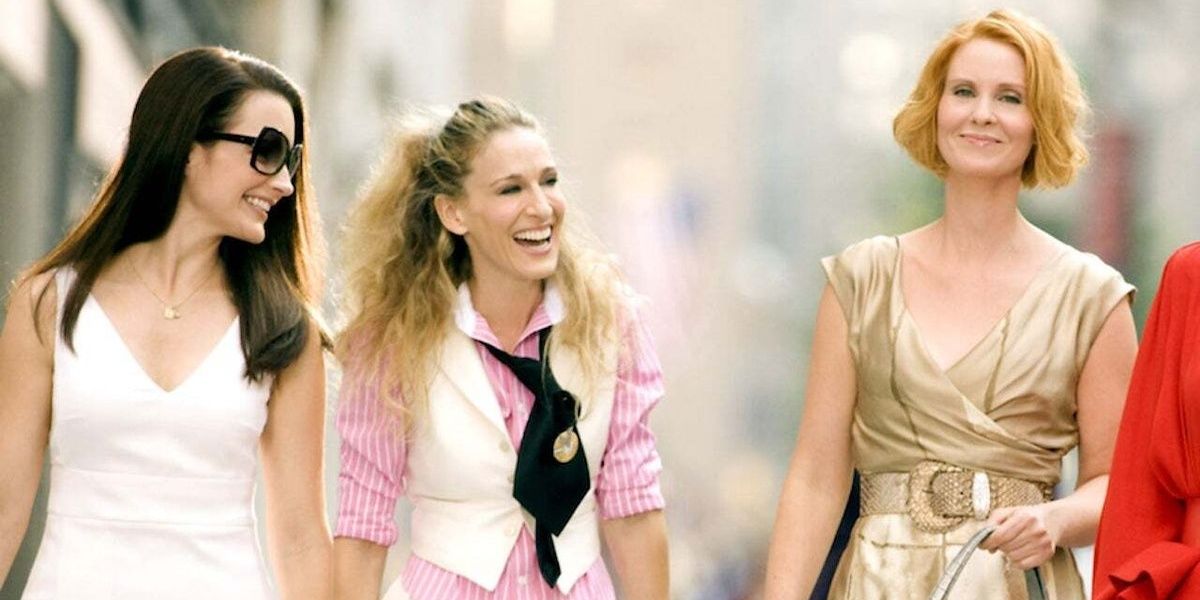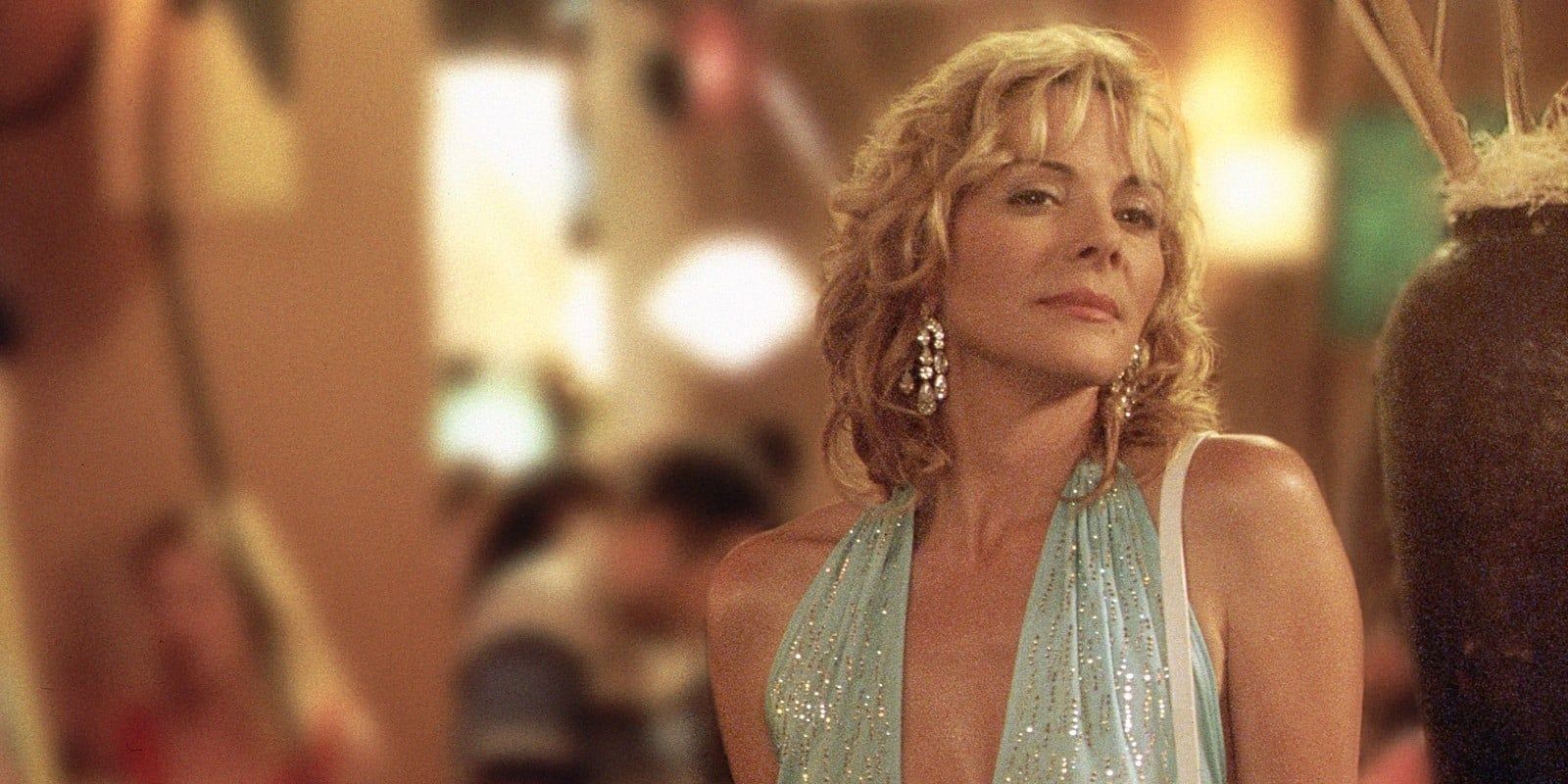From the late '90s until the early '00s, Sex and the City followed Carrie, Miranda, Charlotte, and Samantha, four modern women in their '30s and '40s navigating life and love in Manhattan, while the highly anticipated sequel series And Just Like That catches up with the Fab Four — minus Sam — after they've traded discussing relationships over cosmos at hip restaurants for navigating getting older and the socio-political concerns of today.
With more of an emphasis on diversity than Dior, the direction of the sequel series feels like a natural progression given how often Sex and the City has been accused of stereotyping people of color and members of the LGBTQ+ community. Does And Just Like That's realism make its predecessor insouciant? Will Sex and the City maintain a legacy of glamour over substance? Is And Just Like That still obsessed with appearances, specifically appearing politically correct? Is one really better than the other?
And Just Like That Is Better
Inclusivity & Representation
Being nonbinary, exploring bisexuality, trans rights, and more are all topics explored in And Just Like That, a series that aims to be more inclusive than Sex and the City when it comes to identity (the latter suffered from a lack of meaningful dialogue around issues that mattered, especially to the LGBTQ+ community).
With characters like Rock Goldenblatt, discussion around trans rights is handled in a straightforward way that invites a discourse between characters even as it does so with viewers. Better yet, it accurately reflects the current societal climate of the world in a way that hopes to break down preconceived notions, such as Che Diaz being nonbinary and having a healthy sex life but having a strict policy around cheating.
Diversity & Visibility
New York City's rich legacy of diversity has made it a global destination, where visitors marvel at its intersection of art, infrastructure, and secular contributions. Dinner party scenes such as the one at the Wexleys', where Black art is not only acknowledged but celebrated, should be a mainstay.
The Big Apple earned its reputation based on characters like Dr. Nya Wallace, Seema Patel, Lisa Todd Wexley, Anthony Marentino, Che Diaz, and all the rest. And Just Like That acknowledges the importance of including these characters and their vibrant lives while also reflecting the diversity inherent to its fanbase.
Realism & Authenticity
The awkward acknowledgment that Charlotte and Harry know only one Black couple and must scramble to provide a more inclusive dinner party, or the concept that a woman like Miranda could reach middle age and want to follow her heart with someone other than her cis heteronormative husband are just a few of the examples in And Just Like That of a more authentic approach to characters who can't afford to ignore obvious life changes.
There's a difference between characters being backed into narrative corners and needing to grow beyond outmoded parameters of thought that socio-political constraints place on them. To ignore certain glaring issues would be to discredit the thoughtful and intelligent development of And Just Like That's characters.
Character Development & Growth
Carrie's neurotic tantrums and impulsive decision-making are legendary in Sex and the City, but And Just Like That sees a mature woman who, though still wearing silver platform sandals to paint a women's center, has the integrity to tell a widower in person that she'd like to take things slow. Similarly, Miranda learns to be impulsive and daring only after a lifetime of playing it safe and careful planning.
In other words, characters grow, and trauma often plays a large part in their development. There are several things for each character to mourn: the love of Carrie's life, Miranda's marriage, and for Charlotte, the family she thought she would have in the way she thought she would have it. Yet everyone emerges stronger, open-eyed, and most importantly, receptive to change.
Wisdom & Maturity
If Sex and the City depicted the Fab Four and their search for The One, then And Just Like That reveals what happens after the fairytale ends and the real work begins. Life for Carrie, Miranda, Charlotte (and even Samantha) seems to have turned out very differently than their younger selves imagined, with Carrie left alone, Miranda leaving Steve, and Charlotte accepting her child's exploration of gender.
While Carrie, Miranda, and Charlotte do enjoy a certain amount of privilege in their lives, there still aren't numerous series that depict the complicated lives of women in their fifties, much less nuanced, mature female friendships.
Sex And The City Is Better
Fantasy & Escapism
Carrie with her rent-controlled apartment and fabulous shoe collection maintained by writing a weekly column at the back of the paper isn't the only unrealistic storyline in Sex and the City, but the series celebrates what can be rather than what is, and has inspired generations of fans to pursue their wildest dreams based on the fabulous lives depicted by Carrie, Miranda, Charlotte, and Samantha.
Sex and the City celebrates escapism for viewers who believe New York and its inhabitants have glamorous lifestyles, and indeed the series forever preserves a cultural zeitgeist of the late '90s and early '00s that will always enchant. After all, who wouldn't want to sip the priciest cocktails at the hottest new places, all while dripping in designer couture?
Female Friendship & Empowerment
"Maybe we could be each other's soulmates?" Charlotte asked her friends during one of the last times she shared a table with Miranda, Carrie, and Samantha, pointing to the nucleus of what has always made Sex and the City such a triumph — the emphasis on female friendship.
The challenges faced by the young women in terms of career mobility, financial independence, familial development, personal growth, and of course romantic happiness called upon them to expose the pain and vulnerability necessary for progress with the knowledge that they would never face them alone. Many viewers related to — and based their caliber of friendships on — the Fab Four's solidarity.
Introspection & Analysis (From All Genders)
"I couldn't help but wonder..." Carrie muses during every article, and that ripple of critical analysis provides a pervasive undercurrent of introspection for the series. True, the situations and circumstances of every character are through Carrie's perception as a narrator, but she often includes the motivations and thought process behind her friends' actions so viewers can understand and relate.
Having insight into Miranda's decision regarding abortion, or learning the reasons why Charlotte fantasized about stepping outside of the fairytale marriage she always thought she wanted, helps certain choices make sense to fans. Even the prominent male characters weigh in on various courses of action to provide unconsidered food for thought.
Glamour & Fashion
Whether the outfits in SATC are considered impractical or not, there's no denying the incredible fashion in Sex and the City. The myriad looks worn by Miranda, Charlotte, Carrie, and Samantha have become iconic parts of pop culture, so much so that they're almost used as emotional shorthand in And Just Like That when just seeing a certain shoe or dress from a particular scene will inspire vivid memories.
The streets of New York City become a runway for the characters, and it's a wild frontier of experimentation, excess, and frivolity. It's impossible to not be affected by the fun the women seem to be having wearing every piece.
Sex & Samantha Jones
It's right there in the title — Sex and the City is about sex, and while Carrie, Miranda, and Charlotte most certainly have their distinct way of associating with the topic, Samantha Jones is probably the most memorable for her bold and colorful approach to sex. She keenly feels the inequity of society's expectations of gender and seeks to upend them, dispensing some of the best advice about love and dating in SATC.
Women discussing all sorts of sex casually over eggs remains a strangely progressive thing, and Samantha always strove to push boundaries in that regard. While the pendulum of change swings wildly by her example, a character like her insists it's pushed to ensure progress continues. Even with some of her politically incorrect moments, it's Samantha whose opinions of women and sex remain refreshing (she's the one to first identify monogamy as an old-fashioned concept), and her insight in And Just Like That remains sorely missed.

